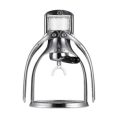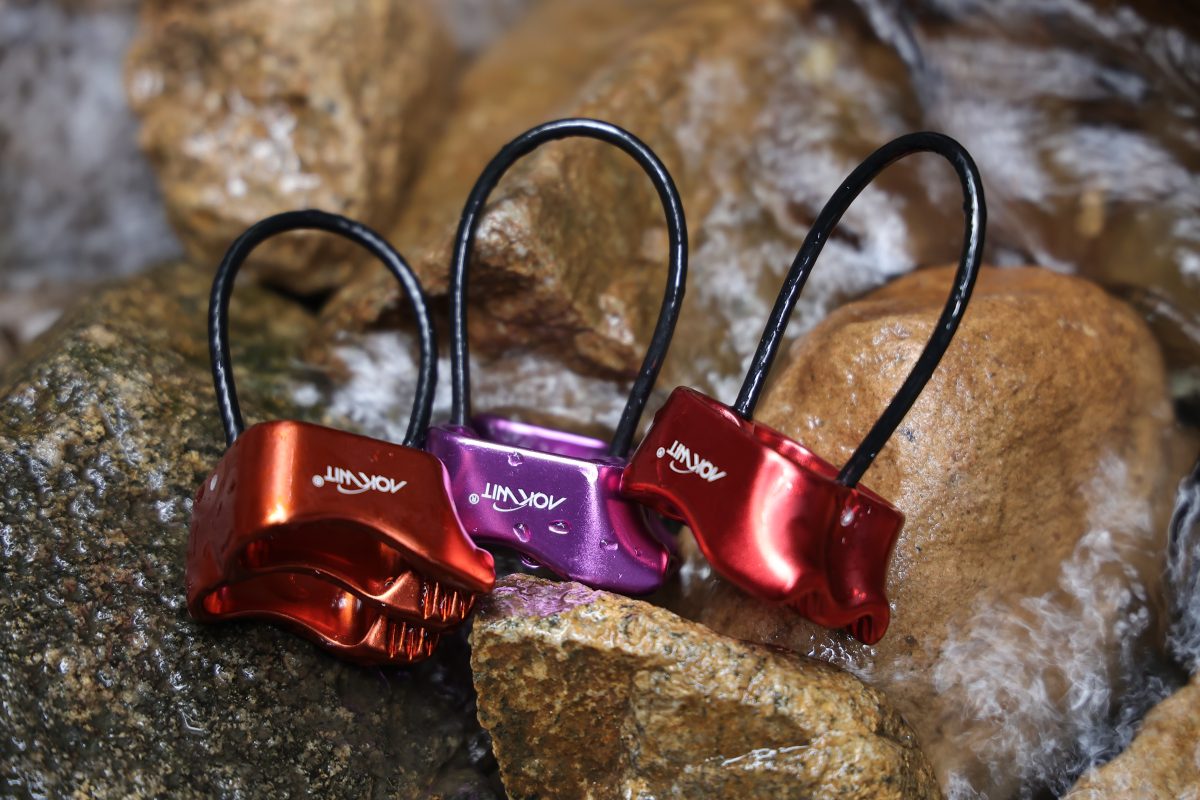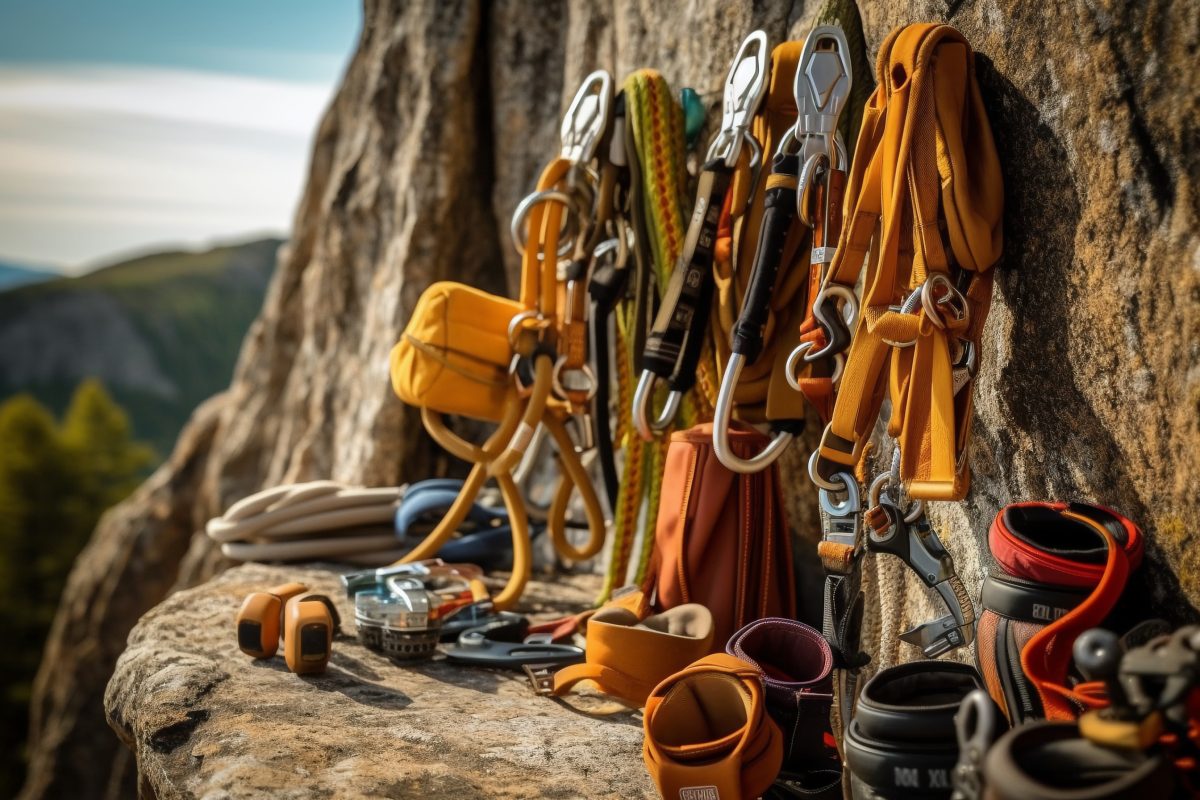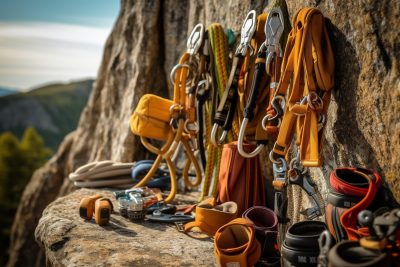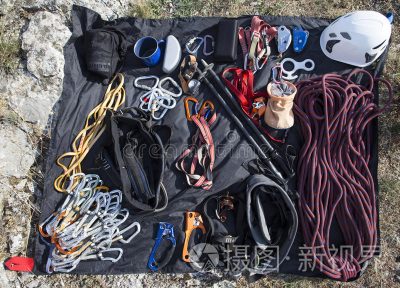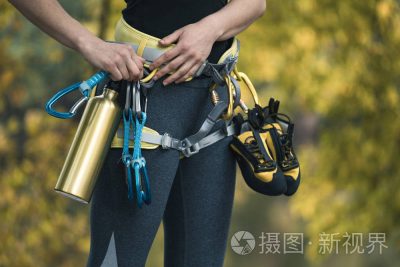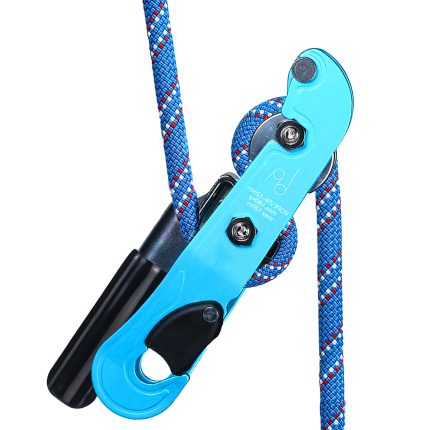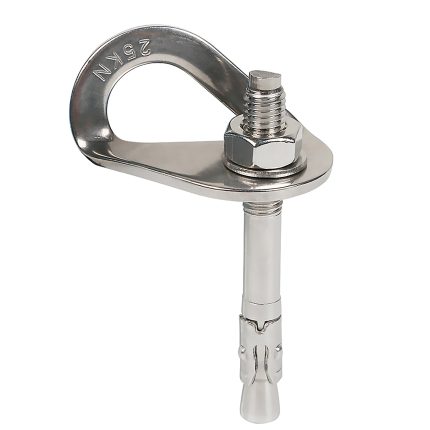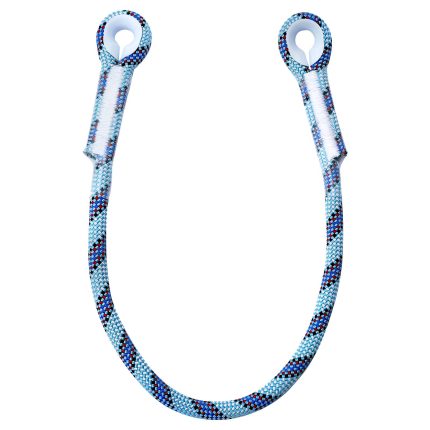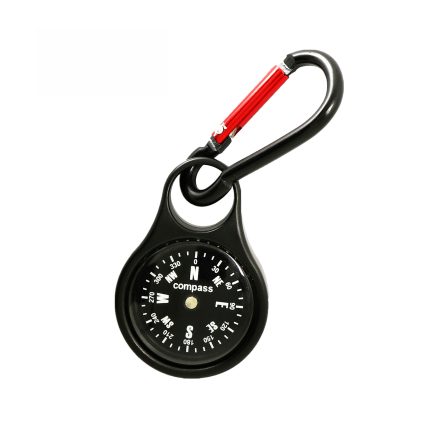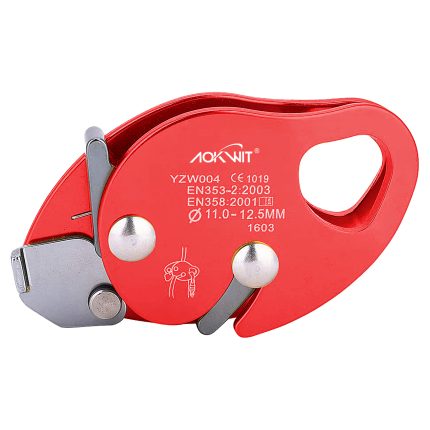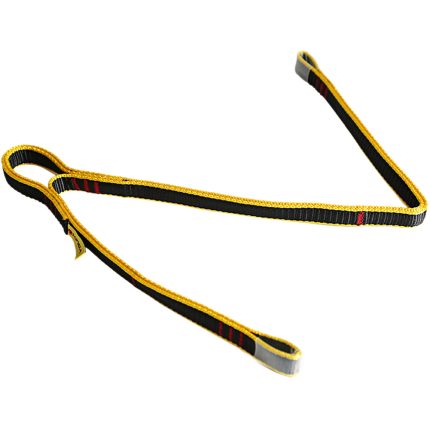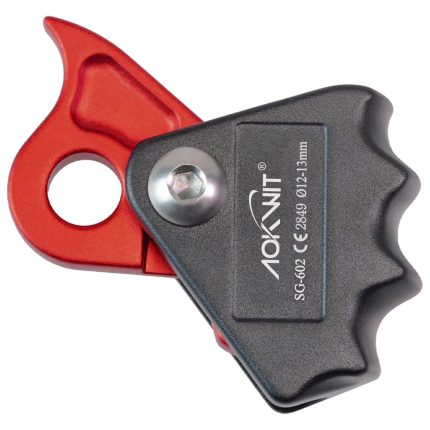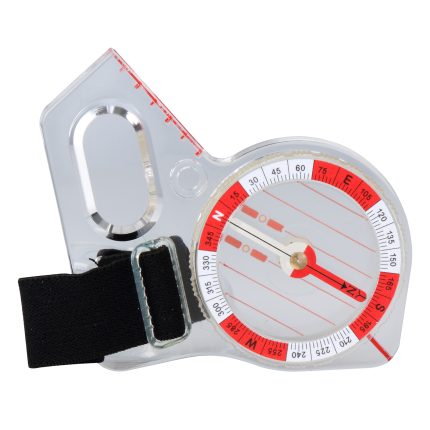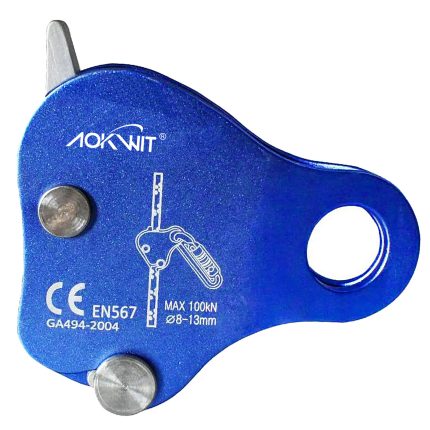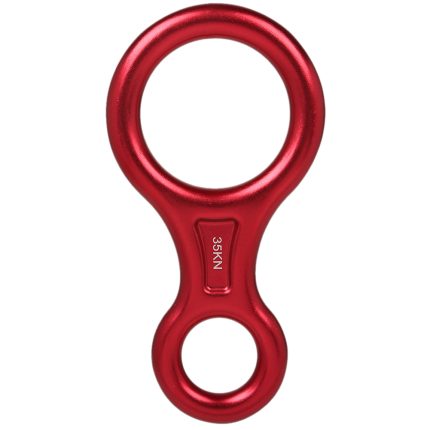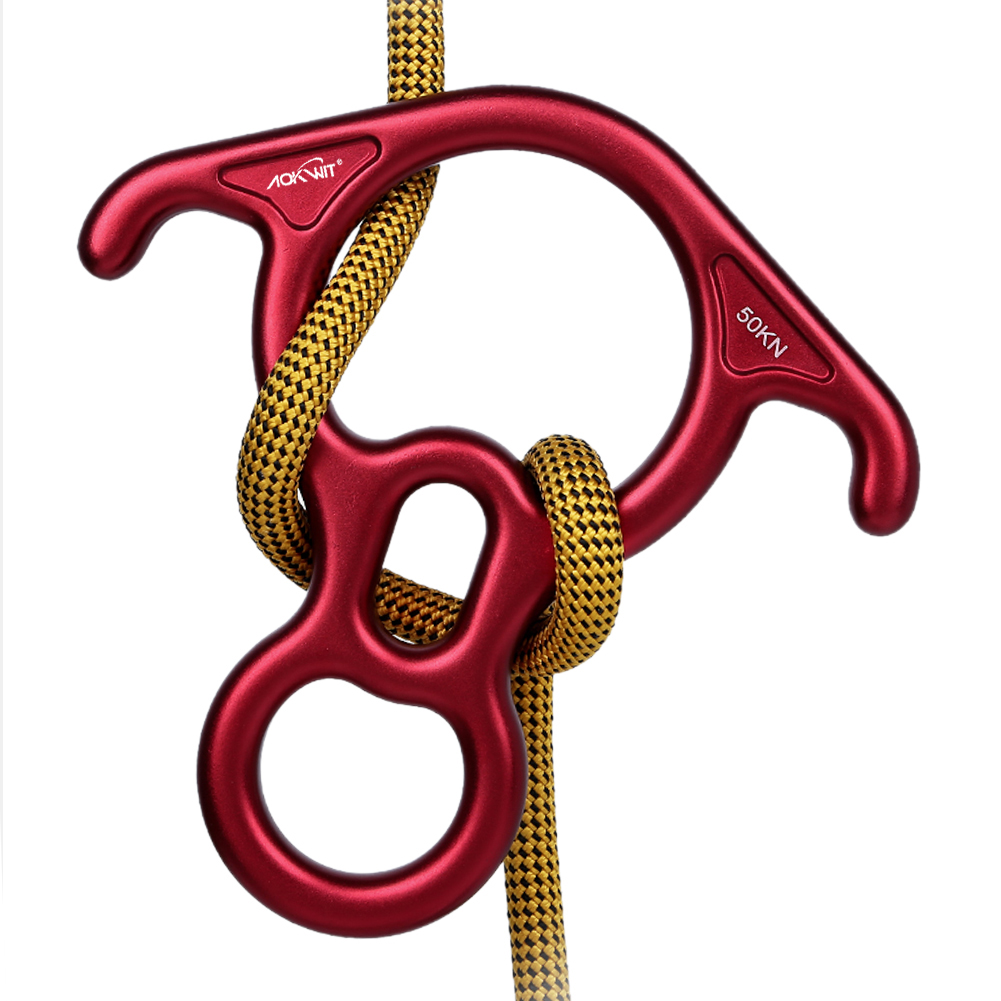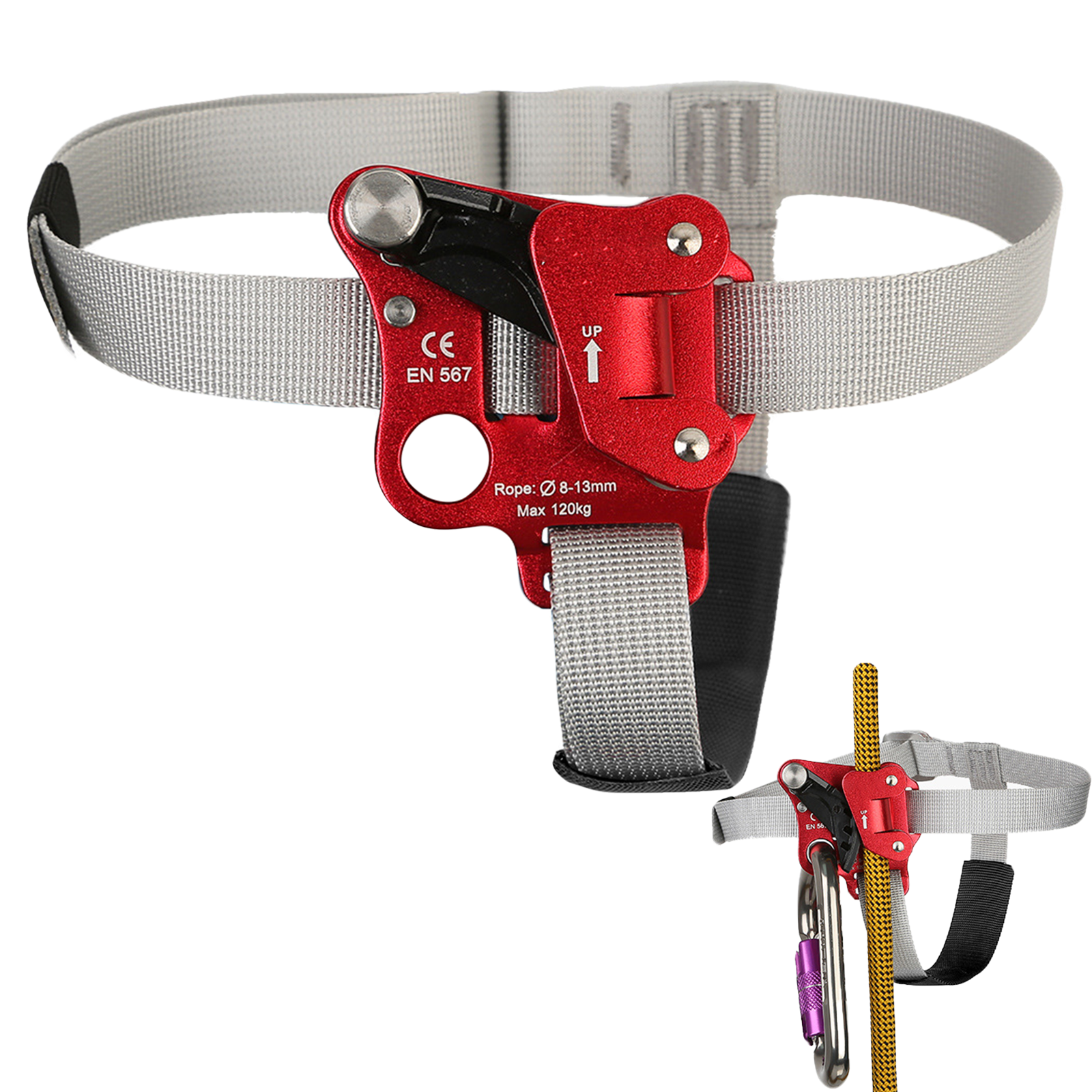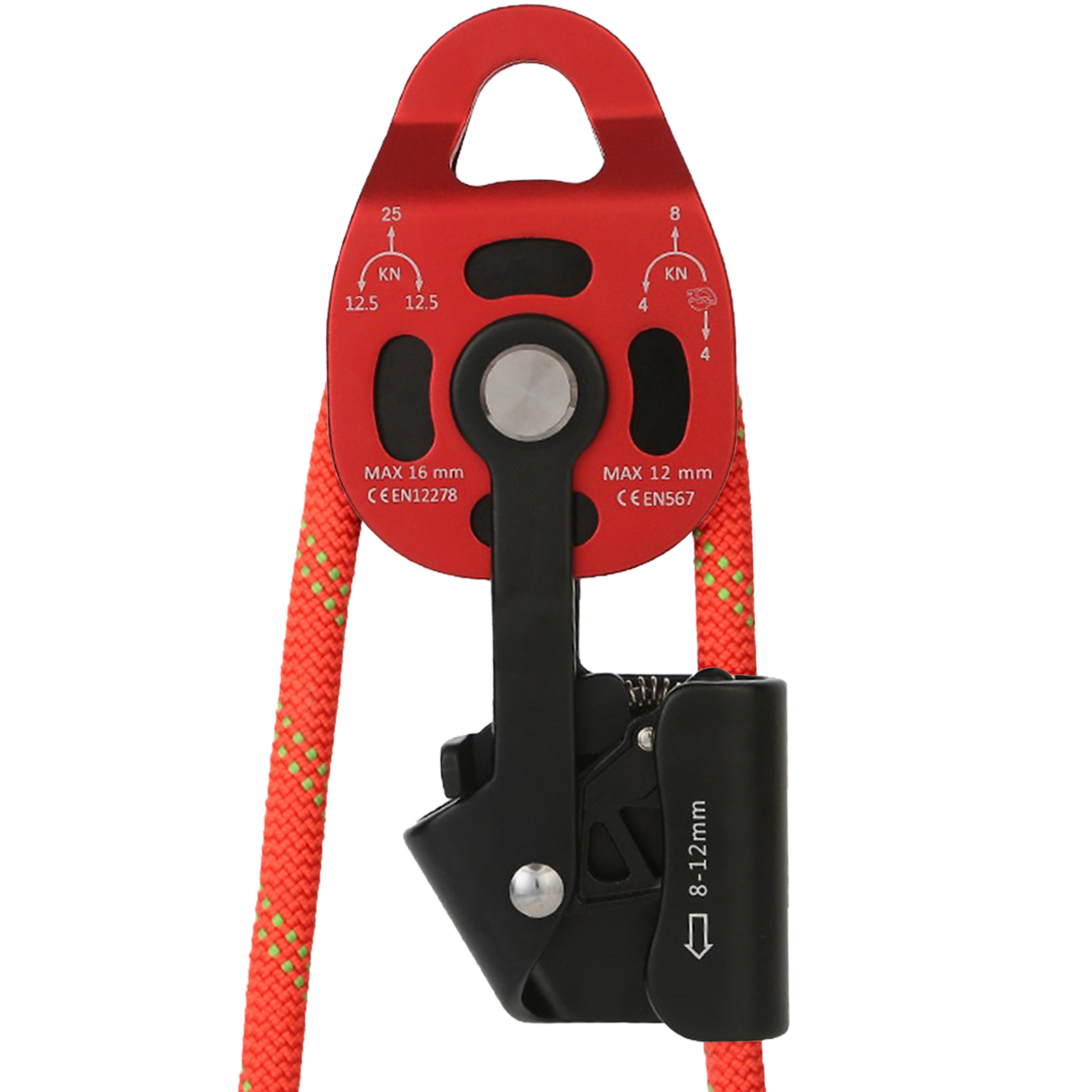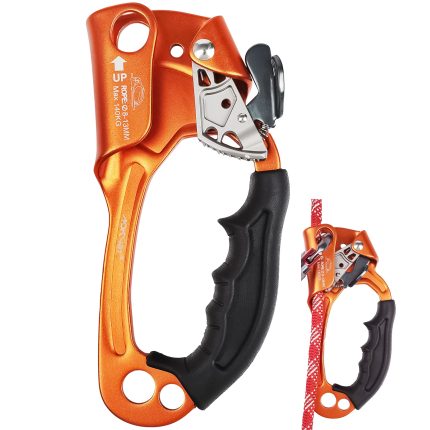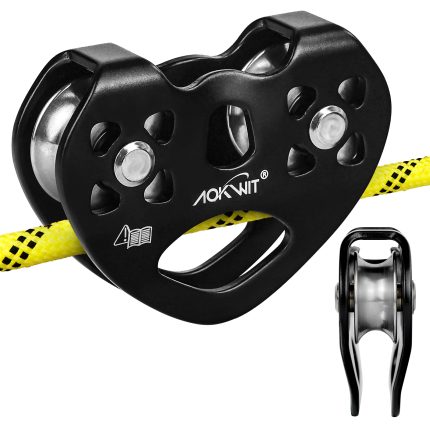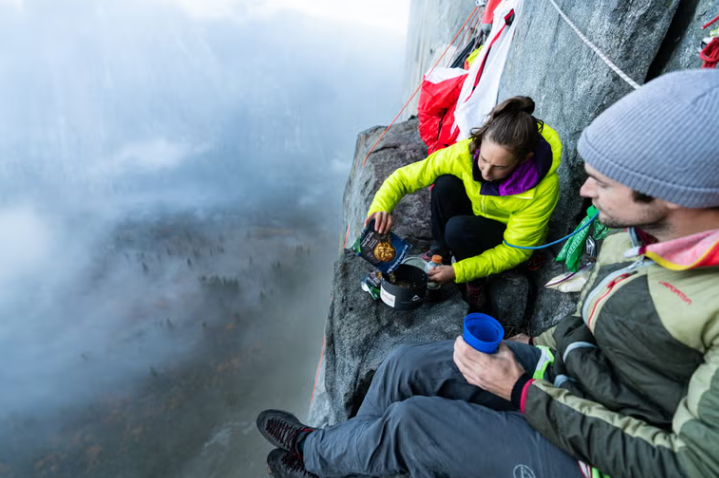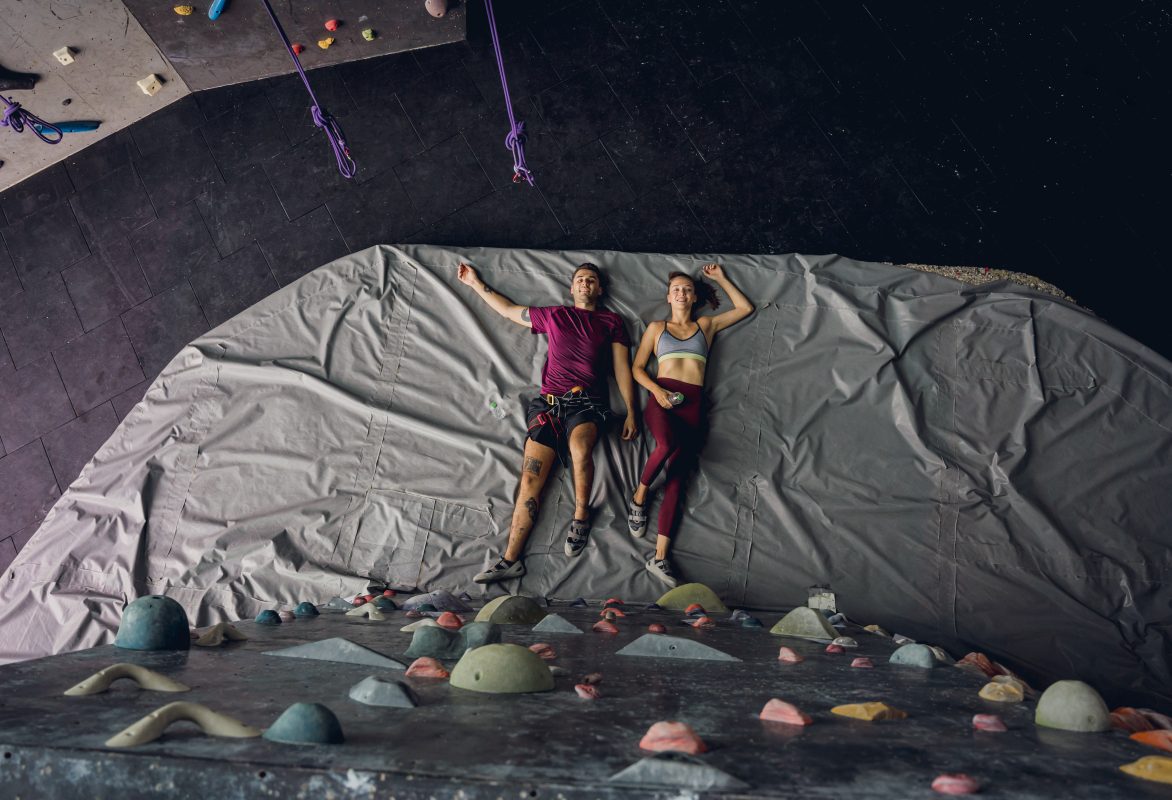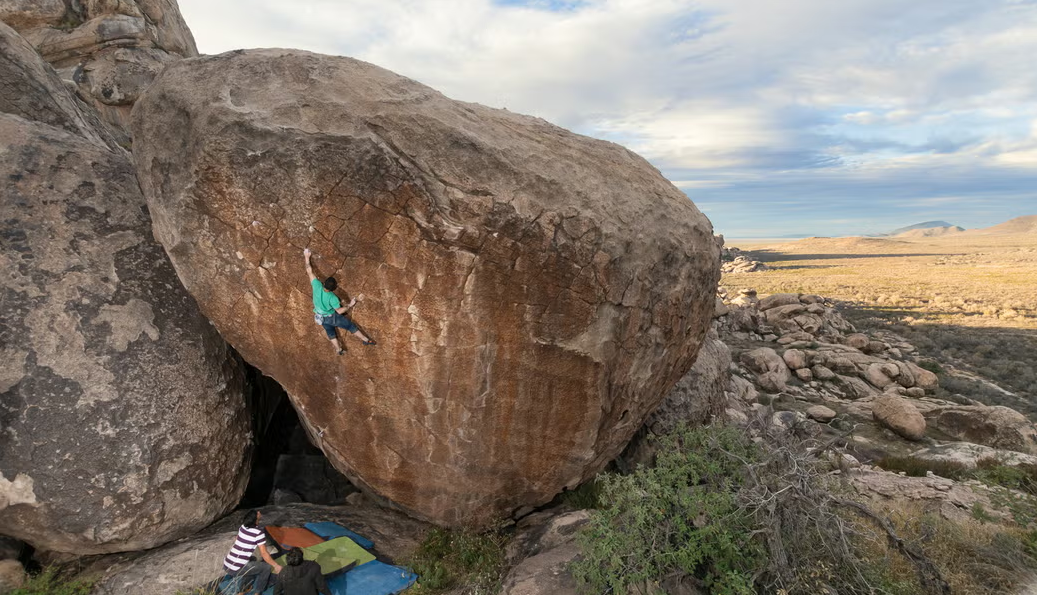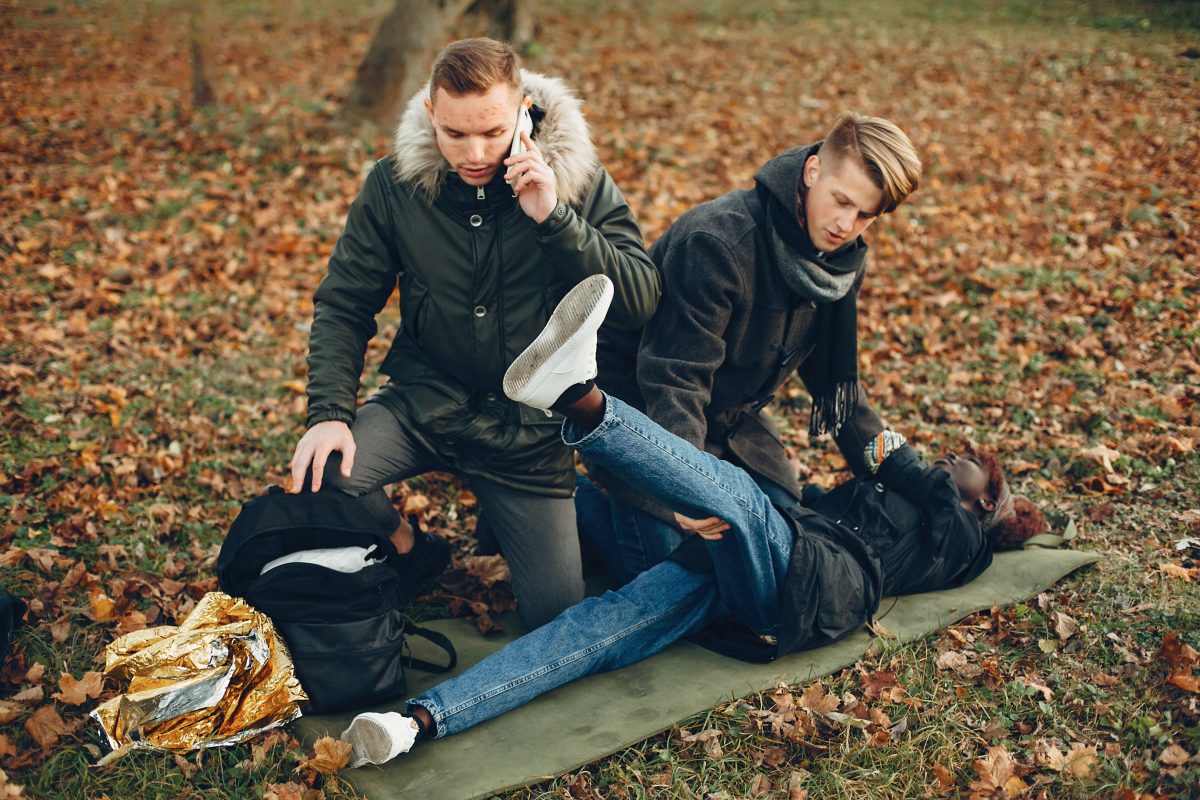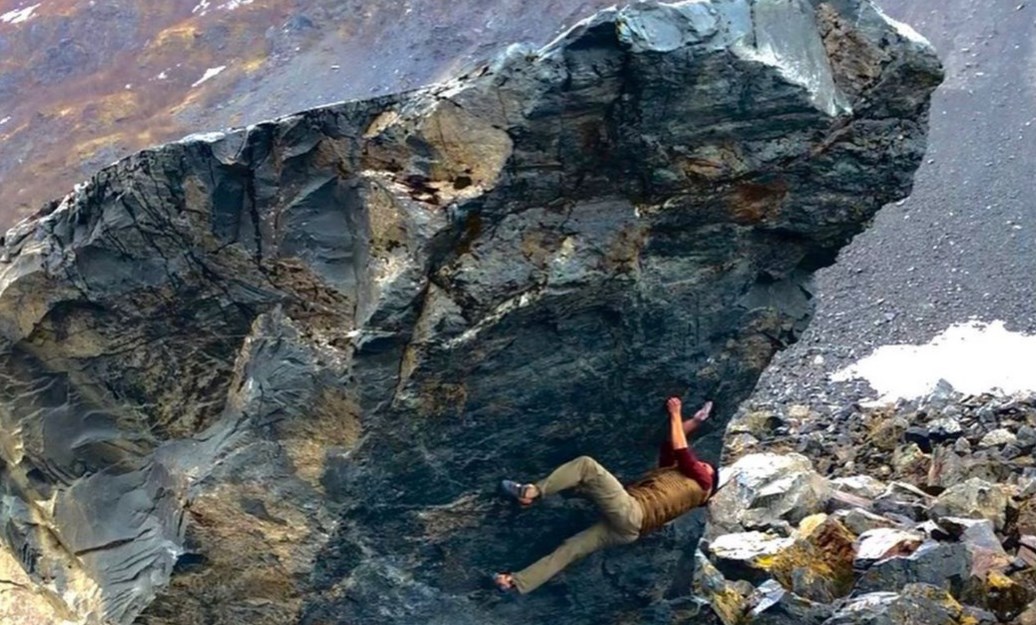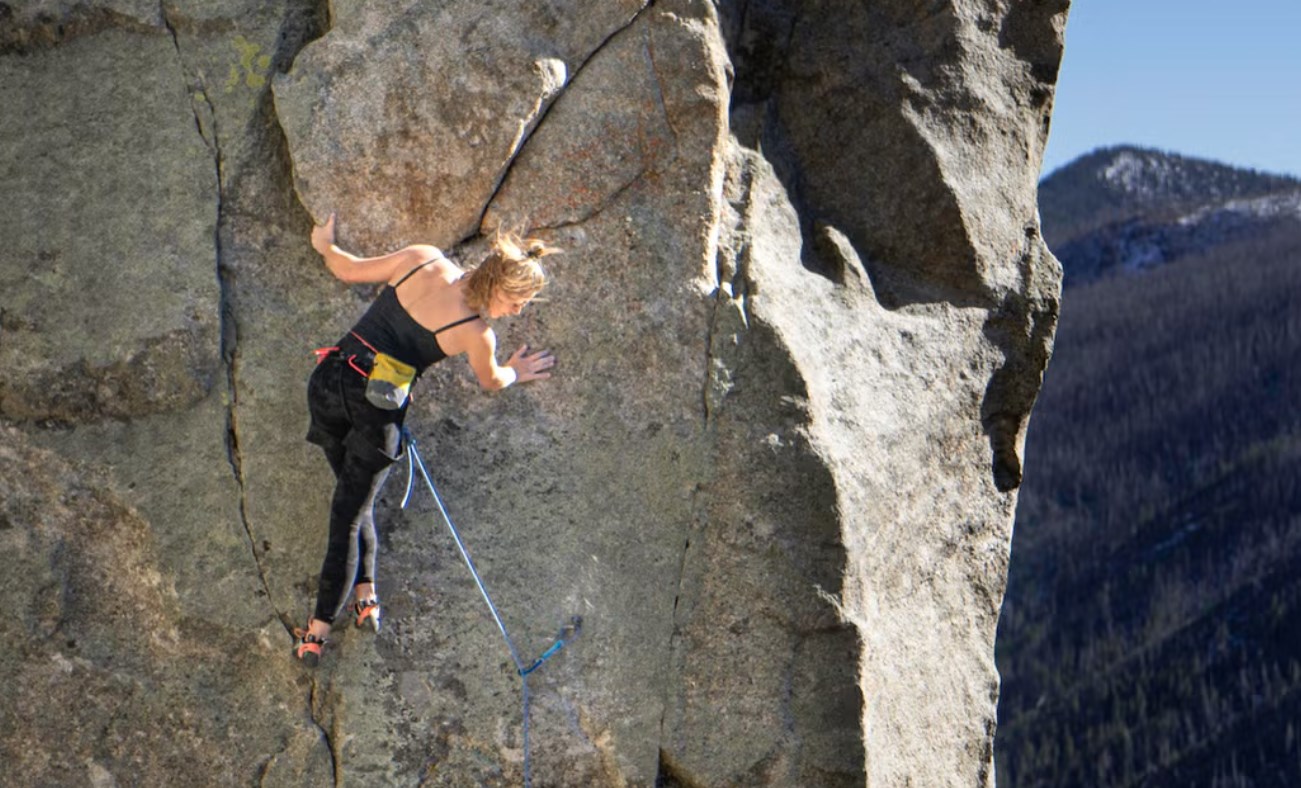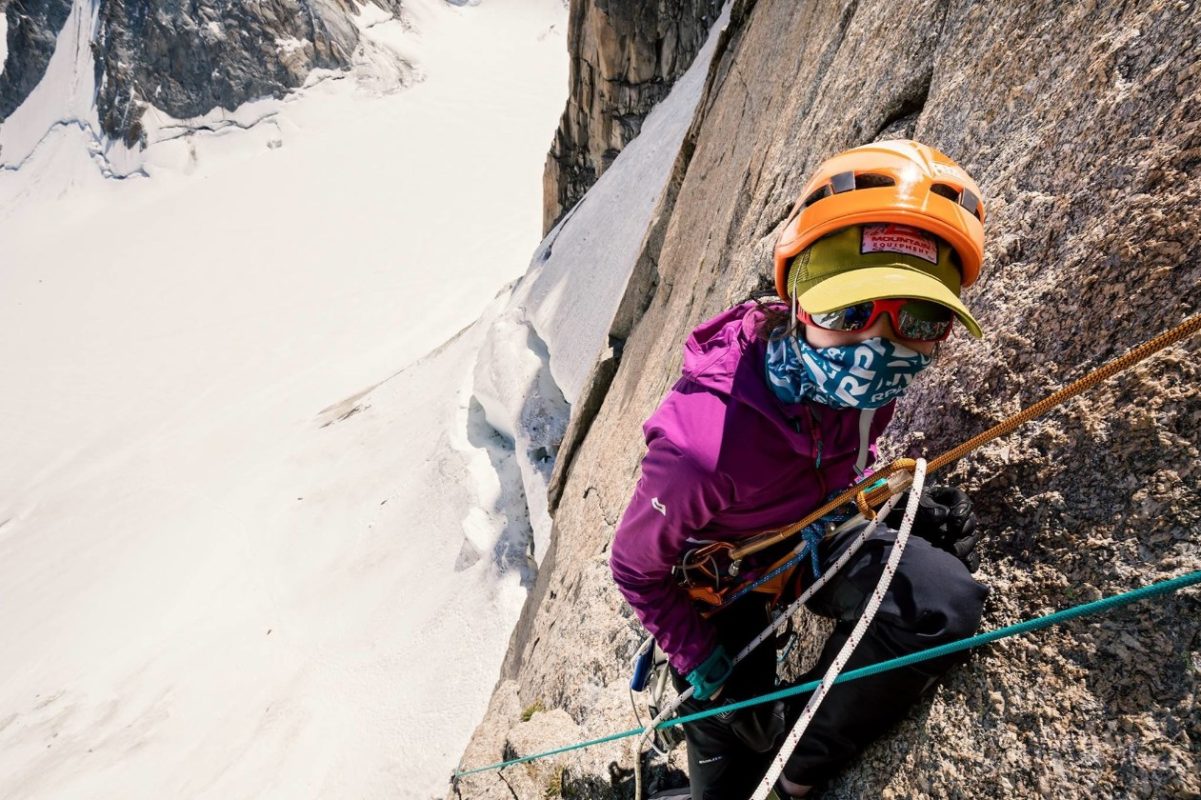Embarking on the Journey to Advanced Rock Climbing

Rock climbing training has become so popular and accessible over the past decade that many people see it as a shortcut to “getting better.” While becoming stronger and fitter can certainly help you climb harder routes, does it truly make you a better climber?
“Better” is a mindset, not a physical state. Many climbers believe they can achieve improvement simply by getting stronger. Being willing to put in the work for progress means you must complete all aspects of the process, not just a part.
So, you’re still reading. Does that mean you’re ready to work on improving your climbing? If so, what’s next? How do you achieve this progress? Where do you even begin?
Start with the Hierarchy of Training Considerations
The “Hierarchy of Training Considerations” is a step-by-step guide to creating a strategic and targeted approach for improving your climbing. This improvement process is a hierarchy because each step depends entirely on the previous one. Don’t cheat yourself or waste effort by skipping steps! Here is an overview of the Hierarchy of Training Considerations:
The Hierarchy of Training Considerations
1. Set a Long-Term Goal
This could be achieving a coveted send on a specific route or boulder, or becoming a more self-reliant climber, no longer dependent on others for technique or advice.
The key is to keep the goal open-ended and avoid drawing hard lines between success and failure.
Suppose you want to send La Rambla. You set the goal, you work towards it, but you don’t succeed before the season ends. Did you truly fail? Or have you just not succeeded yet? Be compassionate with yourself when setting these goals.
The real secret to a career of continuous improvement is recognizing and valuing all forms of progress while not being discouraged by setbacks or perceived failures. Setting goals accordingly will help maintain this perspective. All progress should be goal-oriented.
We all want to be better climbers, but what does that mean for you? Harder moves? Longer routes? Being able to complete more pitches in a day? Before starting your improvement journey, consider what you truly want to avoid missing the point.

2. Identify Your Needs
Think about your goal and what is required to achieve it. Then, assess your current status relative to those requirements.
Do you want to free solo El Cap in a day but feel completely exhausted after a few laps on a new 5.11 route in the gym? It sounds like you need to improve your endurance (among other things).
Fortunately, due to the recent surge of interest in climbing and its training methods, there are fairly straightforward ways to assess your current physical conditioning, and improving it is quite achievable.
The method becomes somewhat ambiguous when your needs are not physical, but rather technical or mental.

3. Set Short-Term Goals
These should be seen as stepping stones guiding you toward your long-term goal. Unlike long-term goals, these should be simple, specific, and quantifiable so you can measure your progress.
Examples include increasing strength, becoming more flexible, improving confidence on bad landings, or being willing to try desperate moves. Keep them simple and make these goals practical.
Don’t overwhelm yourself with dozens of things you want to improve. Instead, prioritize what is truly lacking. Sometimes, elevating a few key skills is exactly what your other abilities need in order to continue improving.
4. Develop a Training Plan
Once you know what you want, what you have, and what you need, you can begin developing a plan to achieve it. Even with the same goal, different climbers will need different plans.
The concepts and overall framework can be the same, but you must never skip personalizing your plan. The worst thing you can do is hold yourself to someone else’s standards.
The right plan for you is one you can stick to (while still being challenging), recover from, and follow through from start to finish.
Final Thoughts
It’s important to remember that improving climbing performance should be viewed as a long-term career (or lifelong) journey, not something achieved through short, intense bursts of “training.”
While you might have inefficiencies in your climbing that can be quickly identified and corrected, that doesn’t mean your journey is complete.
There will always be something to improve, some inefficiency to eliminate.
Training is a tool we use to help us progress as climbers. Like all tools, it has its time and place, but it cannot do everything.
Continuous progress does not necessarily require continuous effort. Taking appropriate breaks from hard training is also crucial. The key is to work hard enough, and frequently enough, to elevate your abilities without pushing so hard that you forget your original motivation.
As a competitive climber, training long hours at high intensity four to five days a week, with no fun climbing, can extinguish your love for the sport. During such periods, you might feel completely lost. Don’t let yourself fall into that situation. Any gains are not worth it if the pursuit of progress causes you to lose enjoyment in climbing.
By following the Hierarchy of Training Considerations, you can keep your training on track, maintaining a balance between the pursuit of improvement and the joy of climbing itself.


